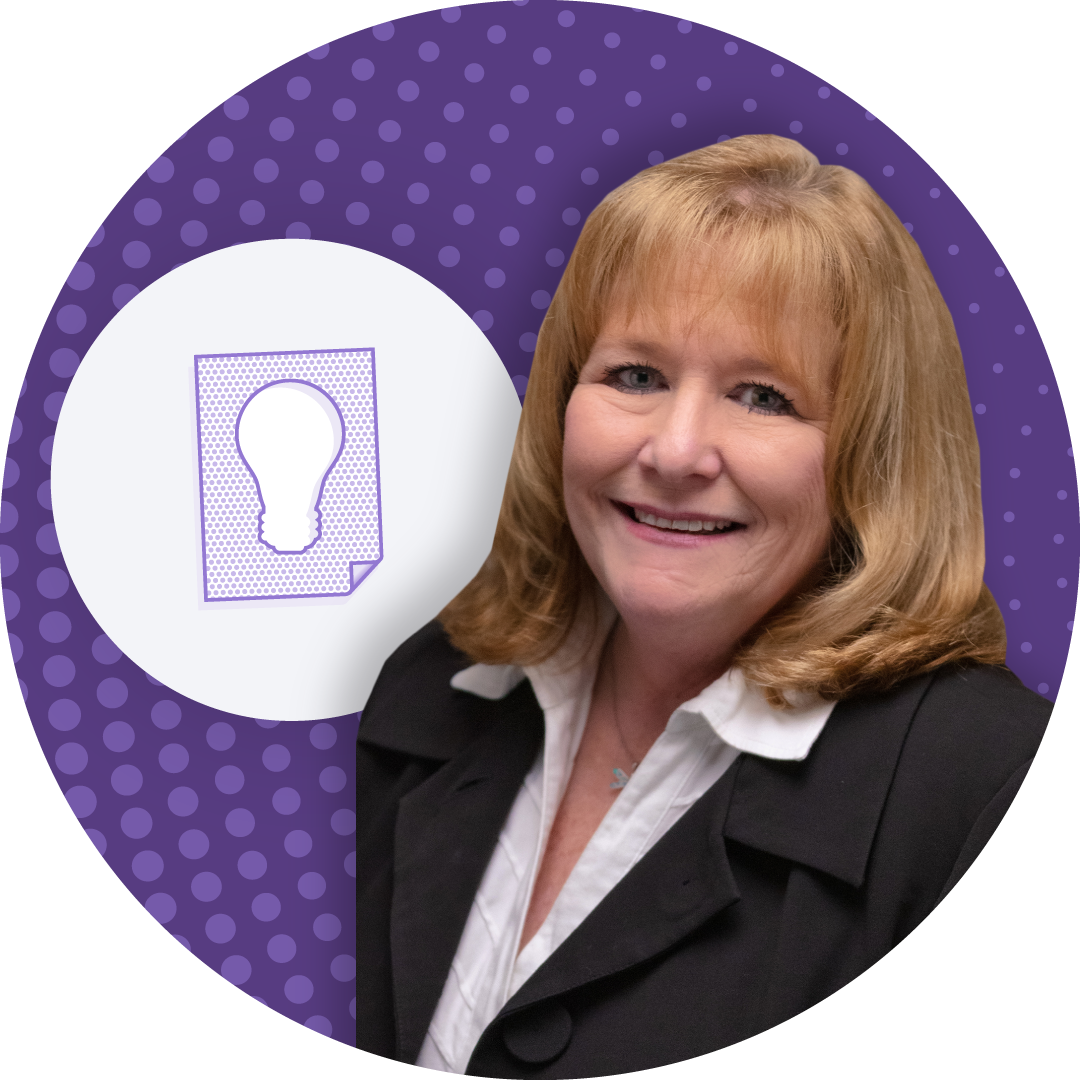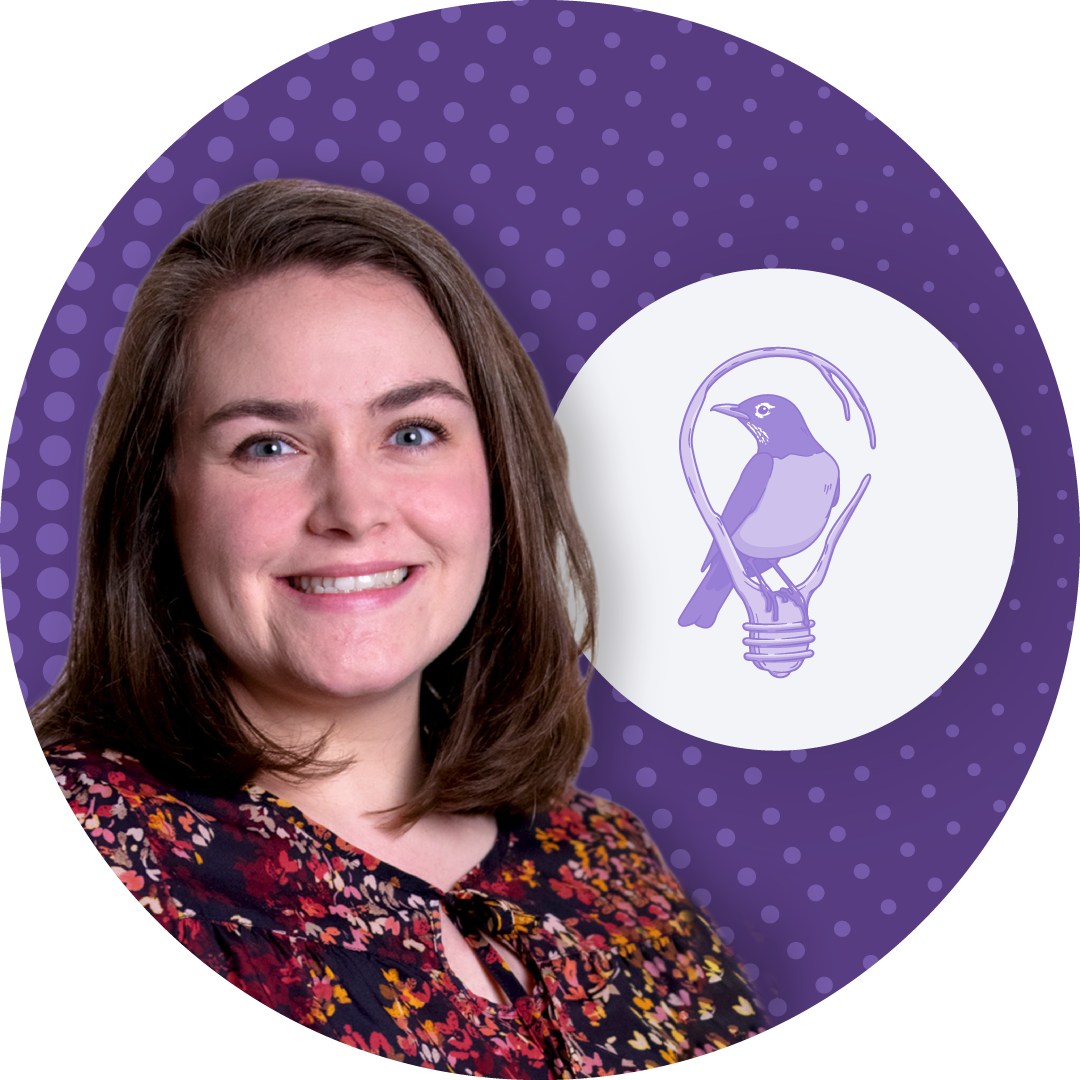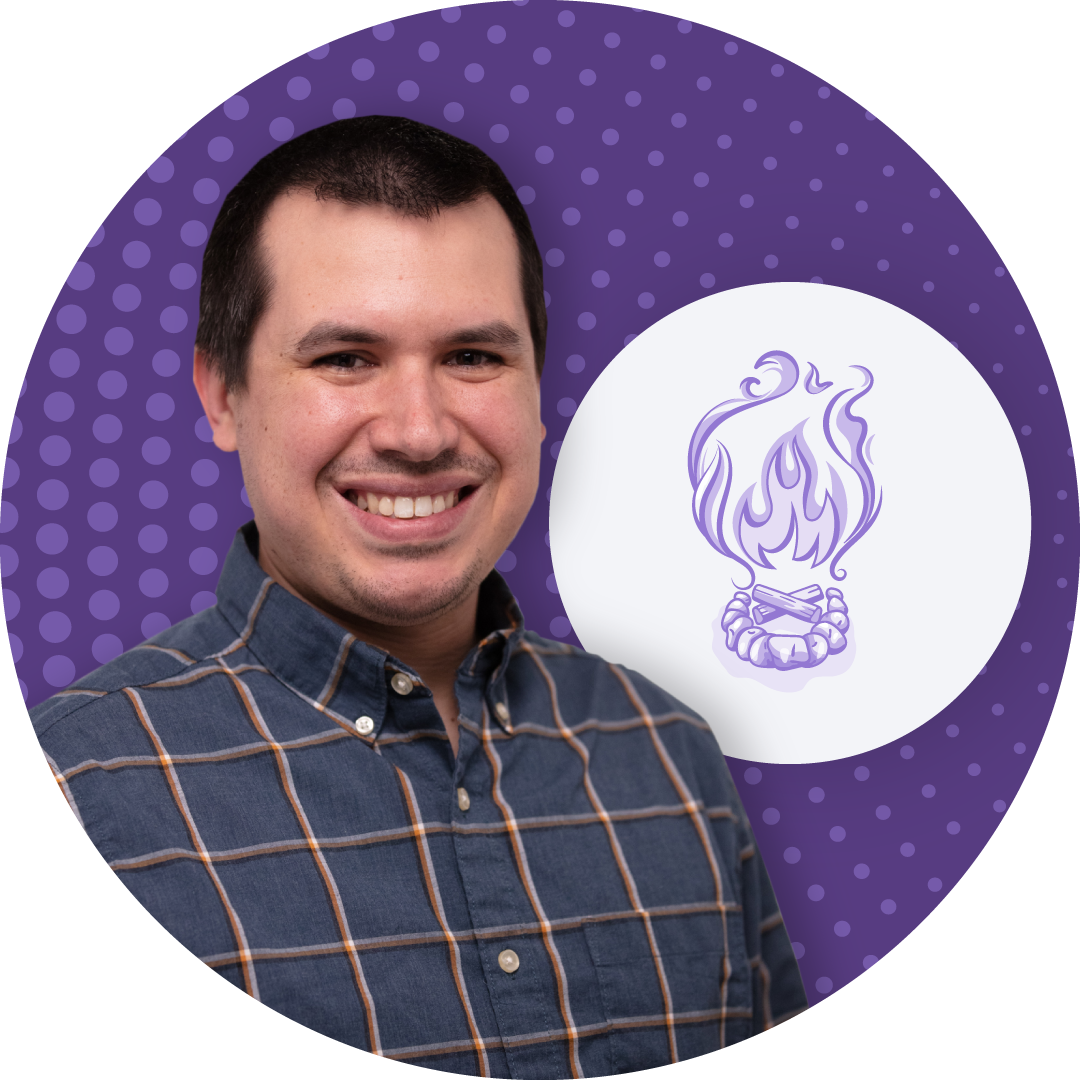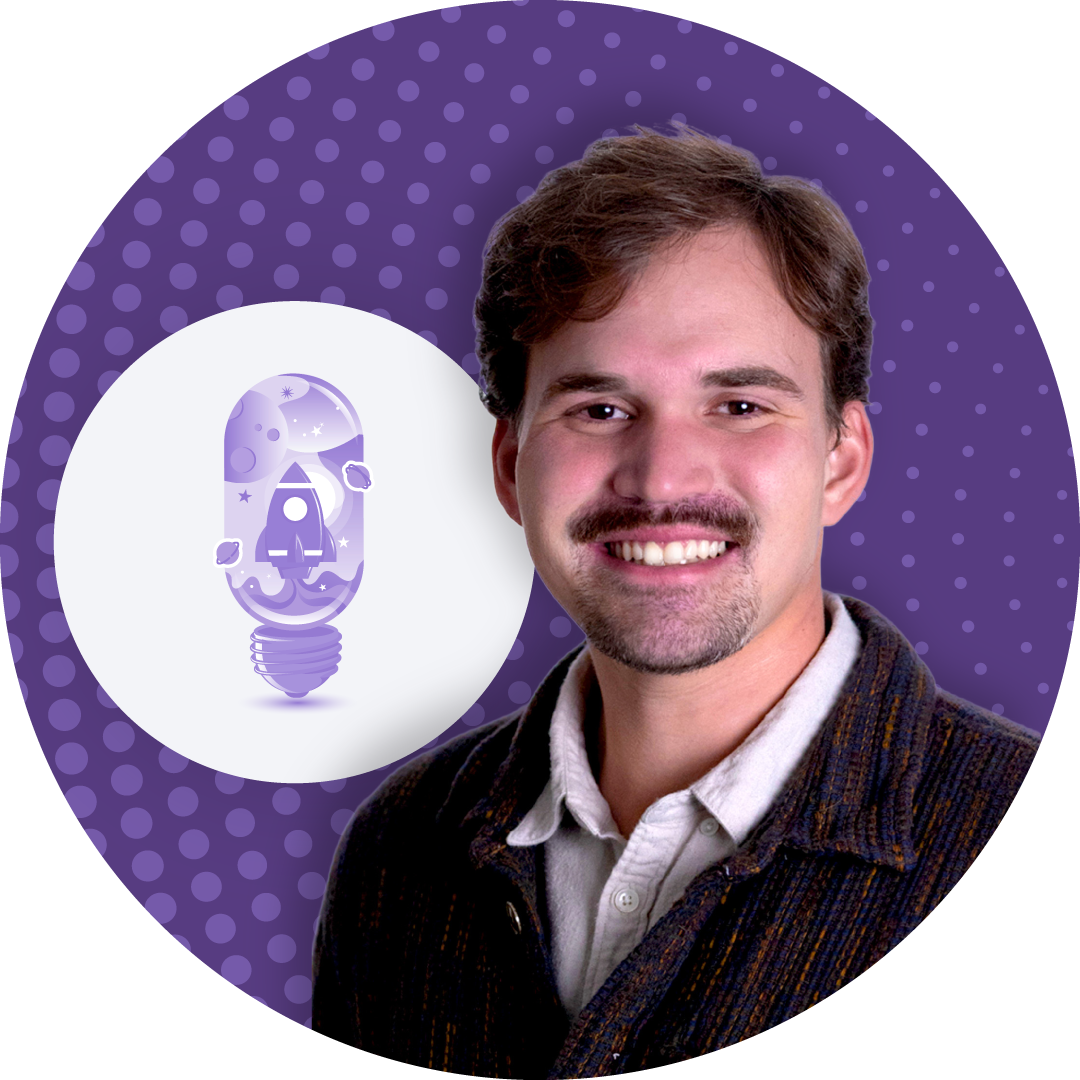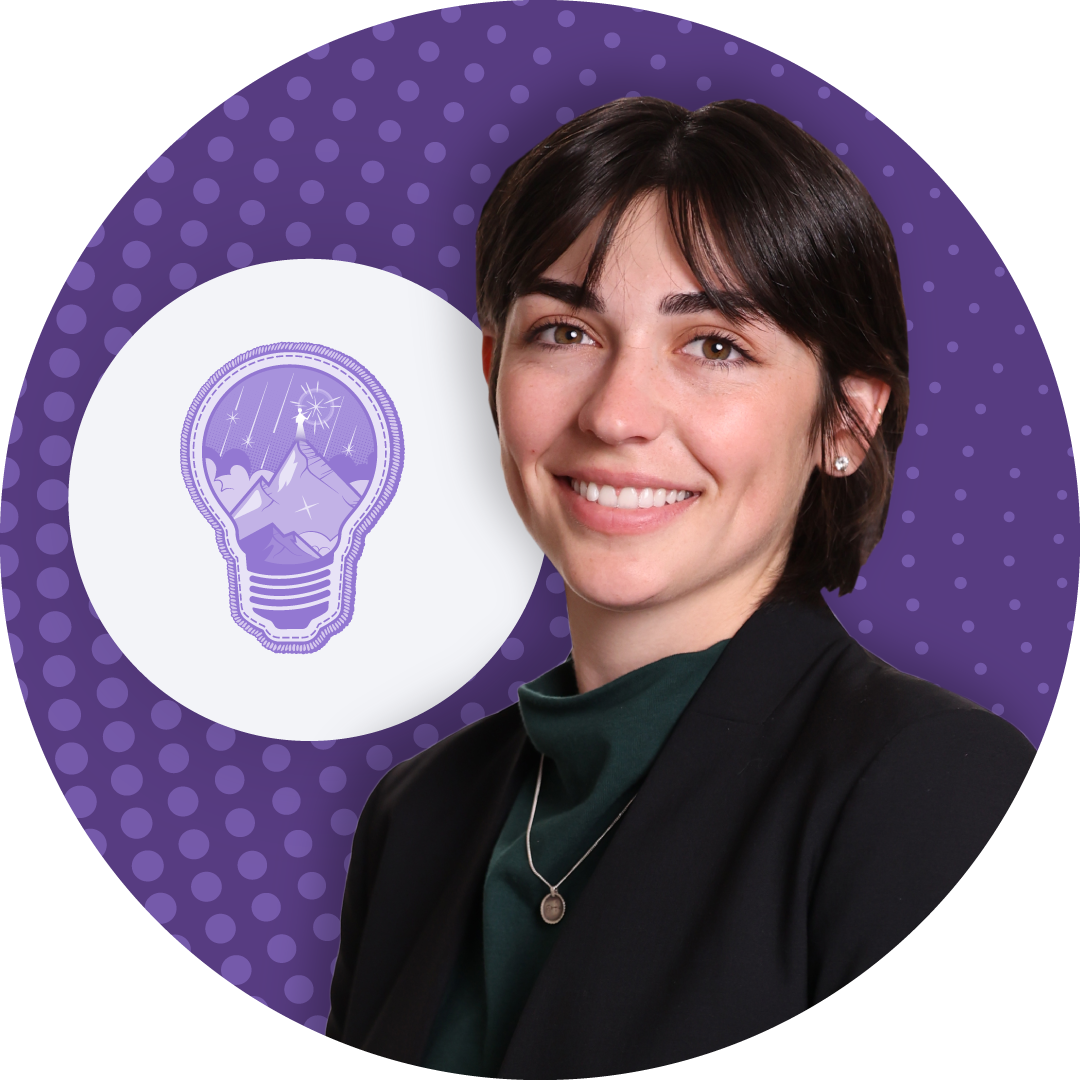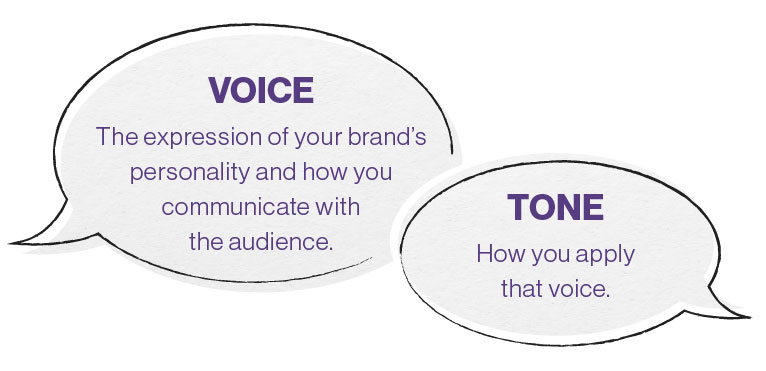At A. Bright Idea, we always say, “we see ideas everywhere.” Finding creative inspiration and opportunity in every communication challenge is a hallmark of our culture.
The technical mechanics that make a good graphic designer are learned, yet combined with the natural ability to see creative opportunities in the everyday. Whether mocking up website design elements, creating flyers and rack cards or designing a 3D wall installation, we are constantly busy churning out new, vibrant and impactful creative in all we do.
So how do we ensure we stay creatively inspired?
Our design team employs these five simple habits to unlock design opportunities and keep the creative spark glowing.
1.) Always keep an eye out for design inspiration. Design is everywhere. “Outside of nature, just about everything you touch and see has a design element,” says Robyn Koenig, Assistant Director of Creative Strategy. “I always find inspiration from simply living life and going about my daily routines. You just need to always keep your eyes open for it!”
2.) Play a game. Give yourself a prompt, such as a word as simple as ‘spaghetti’ and then challenge yourself to make 16 designs based on that inspiration. You’ll get to a point, well before you’ve completed 16 designs based on spaghetti, where you’ll find yourself pushing the boundaries of your creativity. It’s an exercise that can be done regularly, and it truly pays dividends in how you look at design opportunities.
 3.) Change your perspective and look at it from every angle. It’s as cliché as it is crucial. It basically means removing your own personal preferences and biases to unlock a vast array of options. Even a project with many constraints has untold creative opportunities.
3.) Change your perspective and look at it from every angle. It’s as cliché as it is crucial. It basically means removing your own personal preferences and biases to unlock a vast array of options. Even a project with many constraints has untold creative opportunities.
4.) Always keep a sketchbook at hand. Like a journalist always keeps a pen and notepad handy, a sketchbook is invaluable for noting things that inspire you. With social media, a simple pin as you scroll through Instagram, Pinterest or other design-centric sites can help you build a catalog of options to draw from when needed.
5.) Make a list of keywords for any subject. Try to center design ideas around each keyword—feelings, adjectives and synonyms—with multiple design options if possible. Even for amateur design work, you’ll find the exercise, even when done casually, will, over time, help you align concepts with a particular strategy.
Connect with us for an ideation session with our design experts by emailing info@abrightideaonline.com and let us solve your next creative challenge.

